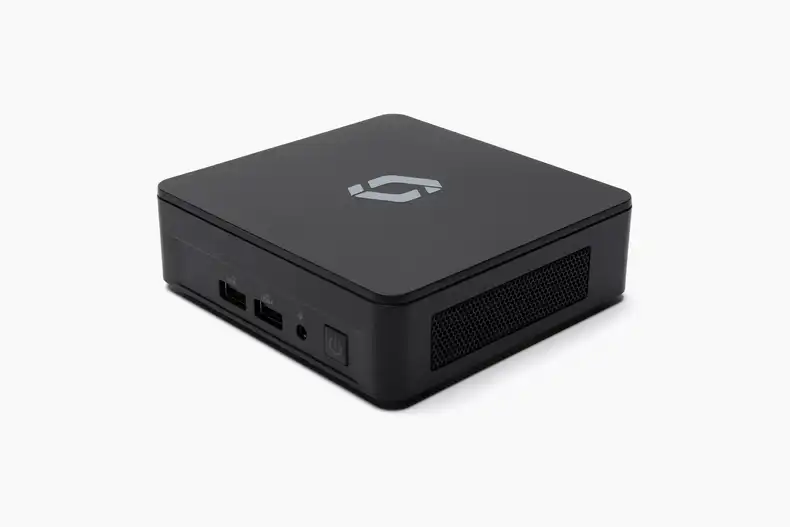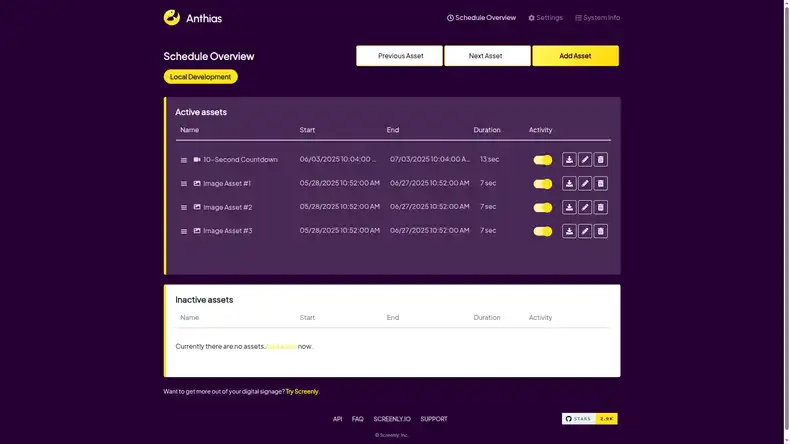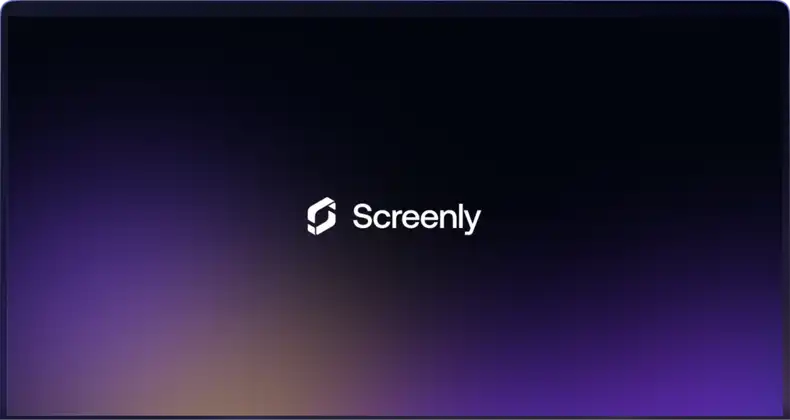To implement a successful digital signage strategy, business owners must have a way to get digital assets on their display screens. One quick and easy way that businesses can do so is by using a USB drive with a smart TV. For this method, a business employee places photos and videos on the USB drive and then inserts the USB drive into the display screen. The business is then able to show images and videos on their screen. However, while this method is quick and easy, there are several drawbacks. In this article, we discuss problems with using USB sticks for digital signage, and we discuss how modern cloud-based digital signage solutions overcome those problems.
1. USB sticks require employees to travel to the display screen location
If a business stores their digital signage content on a USB stick, the only way to update the USB stick with new content is if an employee travels to the USB stick’s physical location. That requirement is particularly problematic for businesses that have multiple screens across several cities or across a large campus. Cloud-based signage software, like Screenly, helps businesses reduce employee travel time to their deployed screens. With cloud-based signage solutions, an employee can update the content at all screen locations with the simple click of a button from his or her computer. Those solutions makes employees’ jobs more streamlined, and it saves your business money as employees can focus their time on more productive tasks.
2. Difficulty with USB sticks leads to underutilized digital signs
USB sticks take time to manage. As mentioned above, that time may include an employee physically traveling to the location of each screen. In order to change content, an employee needs to remove the USB stick from the digital display, plug the USB stick into a computer, upload the new content, eject the USB stick, and then plug the USB stick back into the digital display. This process takes time, and this time can add up when businesses have several screens to service. As a result of the time it takes to update displays with new content, businesses can fail to take advantage of the full potential of digital signage. For example, daily menu specials, notes for staff birthdays, or reminders for one time events are often not shown on digital signage if it is a hassle to update this content. Cloud-based digital signage solutions, like Screenly, remove the hassles associated with frequent content updates, as employees can update the content for multiple screens in just minutes.
3. USB sticks cannot show live or timed content
After a person uploads content onto a USB stick and plugs the USB stick into a display, additional content changes require the person to repeat that process. The content from the USB stick is the content that will display on the screen. Alternatively, cloud-based digital signage software allows a business more flexibility with their content. For example, with cloud-based digital signage, a person can adjust the timing of content, such as only showing a “Good Morning” message during morning hours. Additionally, cloud-based digital signage can show live content, such as changing business metrics on a real-time dashboard. Using a digital signage API, companies can display dynamic content that changes over time based on various data inputs.
4. USB sticks to do not tell you if the display has stopped working
A common issue with digital signage that uses USB sticks and smart TVs is that there is no way to tell if a display screen malfunctions and stops showing content. This inability can be a real problem, especially for businesses with screens that employees may not frequently see (such as screens in large malls from digital signage advertising companies or outdoor digital signage). Often, a screen can malfunction and not show content for several days before a person notices and reports the problem. Non-working screens make a business look bad, and the problem can cause a business lose opportunities for showing important marketing content and promotions. Cloud-based digital signage solutions can remotely monitor whether or not a digital display is showing content. In the event of a malfunction, these solutions can alert relevant employees so that the employees can quickly troubleshoot the problem. Users can also view logs of which digital signage content was played in the past to help troubleshoot any playback errors.
Goodbye USB sticks
As more and more businesses realize the value that digital signage can provide to their bottom line, the digital signage industry continues to grow. Hotels are using digital lobby signage. SMEs are using digital signage to display real-time business metrics. Digital signage advertising networks are deploying medical office digital signs in waiting rooms. Restaurants are using digital menu boards. Some people use digital signage to construct digital signage video walls for trade show booths. The list goes on and on.
Cloud-based digital signage solutions for the remote management of digital signage content offer much more functionality and USB stick solutions. Without cloud-based digital signage, people will likely spend too much time updating new content. As a result, they will underutilize digital signage strategies, and they will not have access to advanced content management features.





